St Columban, Pilgrim for Christ
This is the first of two articles on St Columban by a Columban priest who wishes to remain anonymous. The second article will appear in our November-December issue.
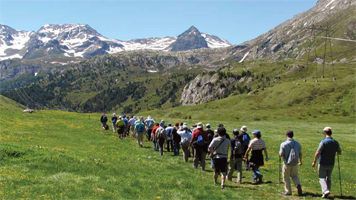 Some years ago when a group of us Columbans were preparing to celebrate Jubilee 2000, we wanted to do something out of the ordinary to mark the occasion. We focused on the idea of a pilgrimage following the footsteps of St Columban. Many of our generation in Britain and Ireland have had an experience of pilgrimage. It may have been our weekly pilgrimage as we walked along the road to the local church for Sunday Mass, doing the stations of the Cross, going to a holy well or journeying to places of devotion like Knock, Walsingham or Lourdes, Fatima, or Medjugorje. Some of us have done the old Celtic pilgrimages; be it climbing Croagh Patrick, or fasting and praying on Lough Derg, even perhaps walking to Santiago de Compostela.
Some years ago when a group of us Columbans were preparing to celebrate Jubilee 2000, we wanted to do something out of the ordinary to mark the occasion. We focused on the idea of a pilgrimage following the footsteps of St Columban. Many of our generation in Britain and Ireland have had an experience of pilgrimage. It may have been our weekly pilgrimage as we walked along the road to the local church for Sunday Mass, doing the stations of the Cross, going to a holy well or journeying to places of devotion like Knock, Walsingham or Lourdes, Fatima, or Medjugorje. Some of us have done the old Celtic pilgrimages; be it climbing Croagh Patrick, or fasting and praying on Lough Derg, even perhaps walking to Santiago de Compostela.
Our Christian life is wrapped up in pilgrimage as we move from birth to death and on to life eternal. As Columban missionaries following our patron’s footsteps across Europe, we rediscovered some important aspects of St Columban’s own understanding of pilgrimage.
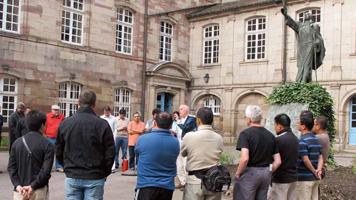 St Columban, or Columbanus, was undoubtedly ‘a pilgrim for Christ’. His initial encounter with the person of Christ was an interior journey to the depths of his own being. To accomplish this, St Columban took his inspiration from the Desert Fathers, especially St Anthony the Abbot. He sought out places of solitude. There, leaving what was familiar and comfortable, he faced his own spirit, his demons, and embarked on a life of conversion that would lead him to the authentic truth, to the person of Christ.
St Columban, or Columbanus, was undoubtedly ‘a pilgrim for Christ’. His initial encounter with the person of Christ was an interior journey to the depths of his own being. To accomplish this, St Columban took his inspiration from the Desert Fathers, especially St Anthony the Abbot. He sought out places of solitude. There, leaving what was familiar and comfortable, he faced his own spirit, his demons, and embarked on a life of conversion that would lead him to the authentic truth, to the person of Christ.
The aspect of pilgrimage as a penitential journey was strongly present in monasteries of the medieval period. The Celtic monks embraced it as the consequence of the sin of the world. St Columban took upon himself the sins of others and gave his life to saving people from the wrath of sin, and leading them to Christ. His life was focused on Christ and his pilgrimage was a journey to eternal life. He saw the penitential way as a means of reaching that destination.
St Columban’s vocation to the contemplative life was accompanied by a great desire to share the riches of the Gospel with those who had not yet converted to Christ and his Kingdom. Living out this commitment led him to cross oceans, navigate rivers, hike over mountains and negotiate difficult terrain to meet peoples and kings in order to celebrate the presence of the risen Christ in their midst. He did not compromise on the Gospel message nor did he try to accommodate the teachings of Jesus to the likes and dislikes of his listeners. This often brought him into conflict with local kings and bishops and eventually led to his expulsion from the Burgundy region then known as Austrasia.
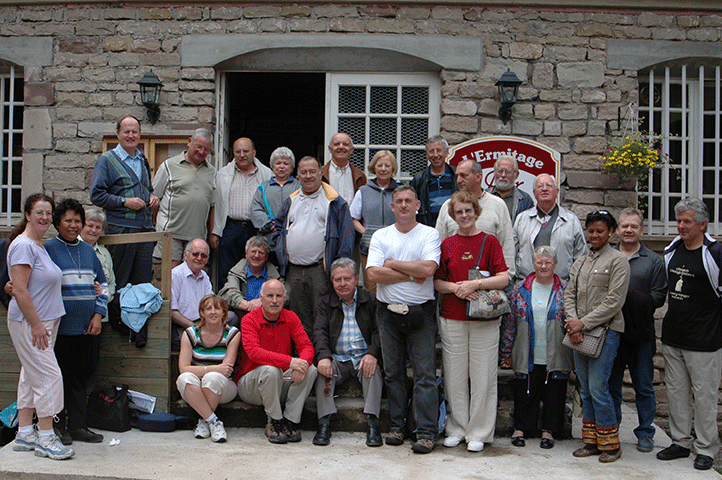
St Columban had respect for the terrain on which he journeyed. The pathways were sacred ground. He was walking in the footsteps of Christ, whose presence was there long before him. He came to encounter Christ in the solitude of the forest, the sound of lapping water, the music of the wind, and the roar of the bear and the song of the birds. Tradition has it that it was a bear that brought him wood, and was, in turn, rewarded with wheaten cakes. He sang the psalms to the humming of the birds and gave comfort to the animals in wintertime. The power of the Creator was carved on the rocks and crevices of the caves where he found refuge to pray and be alone. God’s presence in creation was always a living reality for him.
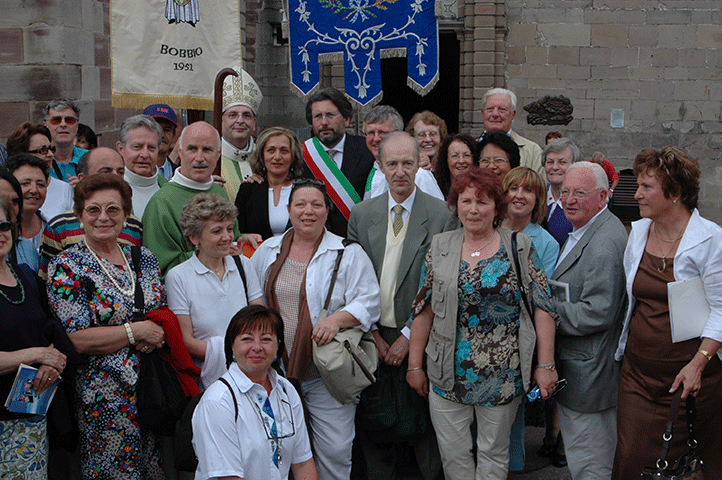
An essential aspect of pilgrimage for St Columban was community. Though he spent many hours in solitude, he lived in community. He founded monastic communities and invited people to come, stay and live under the Rule. The Irish term for monastery, mainistir, is cognate to muintir meaning household, family or community. For St Columban, to be disciple of Christ was to live in community. Eucharist was at the heart of that community. This did not mean that the Eucharist was celebrated daily in Columban monasteries, but rather that the center and source of communion for Christian people, and therefore for every monastic community, is the person of Christ present in the Eucharistic Bread and viaticum (food for the journey). Not only is the wanderer nourished by wheat and rice, but with the Bread of Life, the Bread of the Word, the Eucharistic Bread. St Columban could spend many days fasting from bodily food, but never went without celebrating his communion with the Lord and with his brothers.
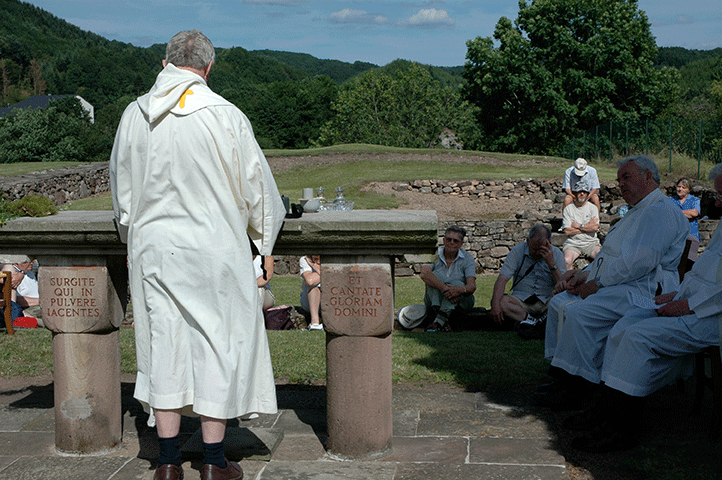
Following the footsteps of St Columban in the 21st century took us through towns and cities, shopping malls, farmers’ markets, social housing schemes, built-up wealthy residential areas, dangerous highways, roads congested with traffic, open spaces, deserted hills and ancient pathways. Amid the crowd and noise of our surroundings we, like St Columban, experienced moments of the sacred that gave us renewed energy to go back to our habitual place of work and mission, to continue on life’s journey and pilgrimage.
This article appeared in the January-February 2015 issue of Far East, the magazine of the Columbans in Ireland and Britain.
